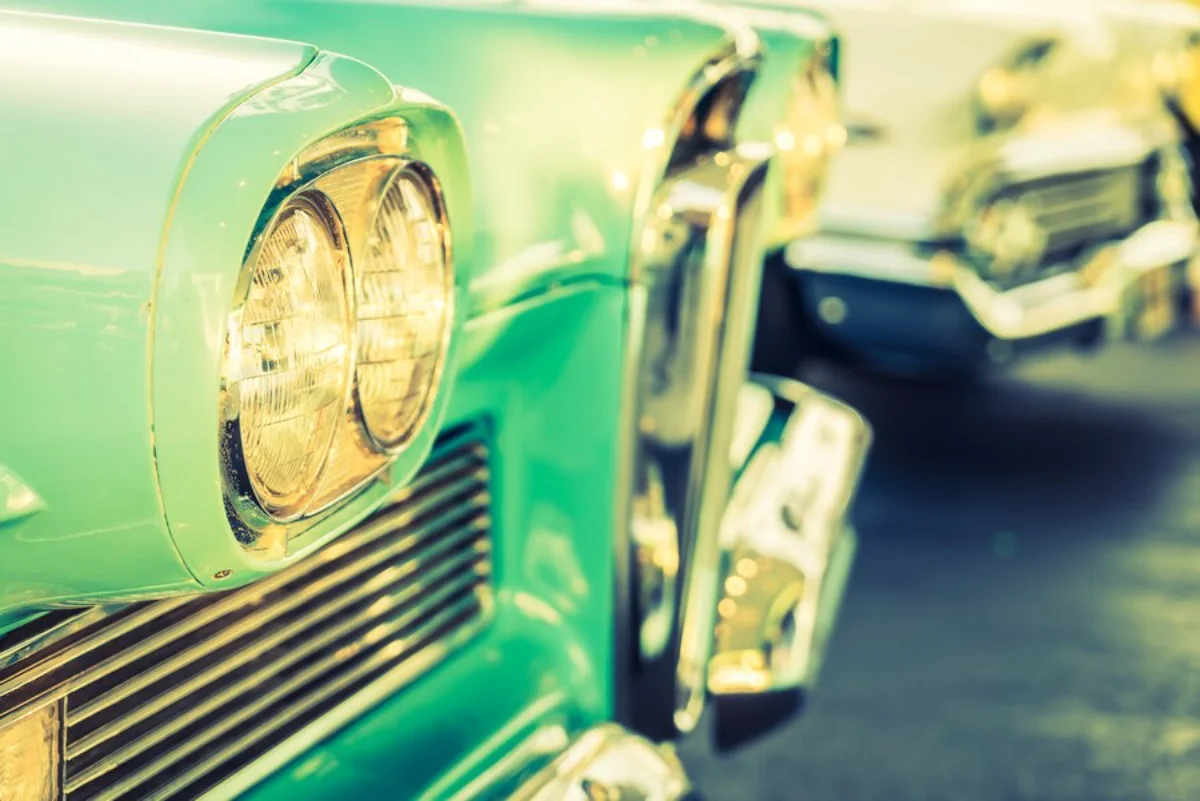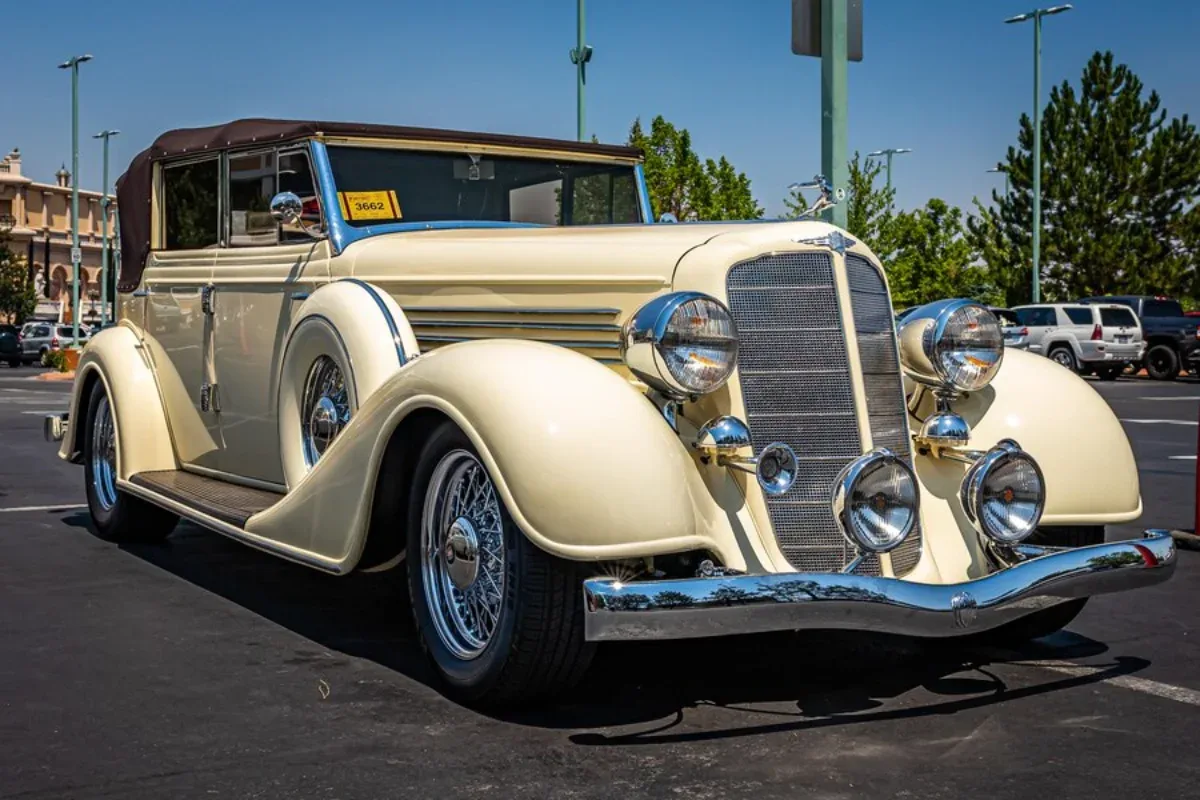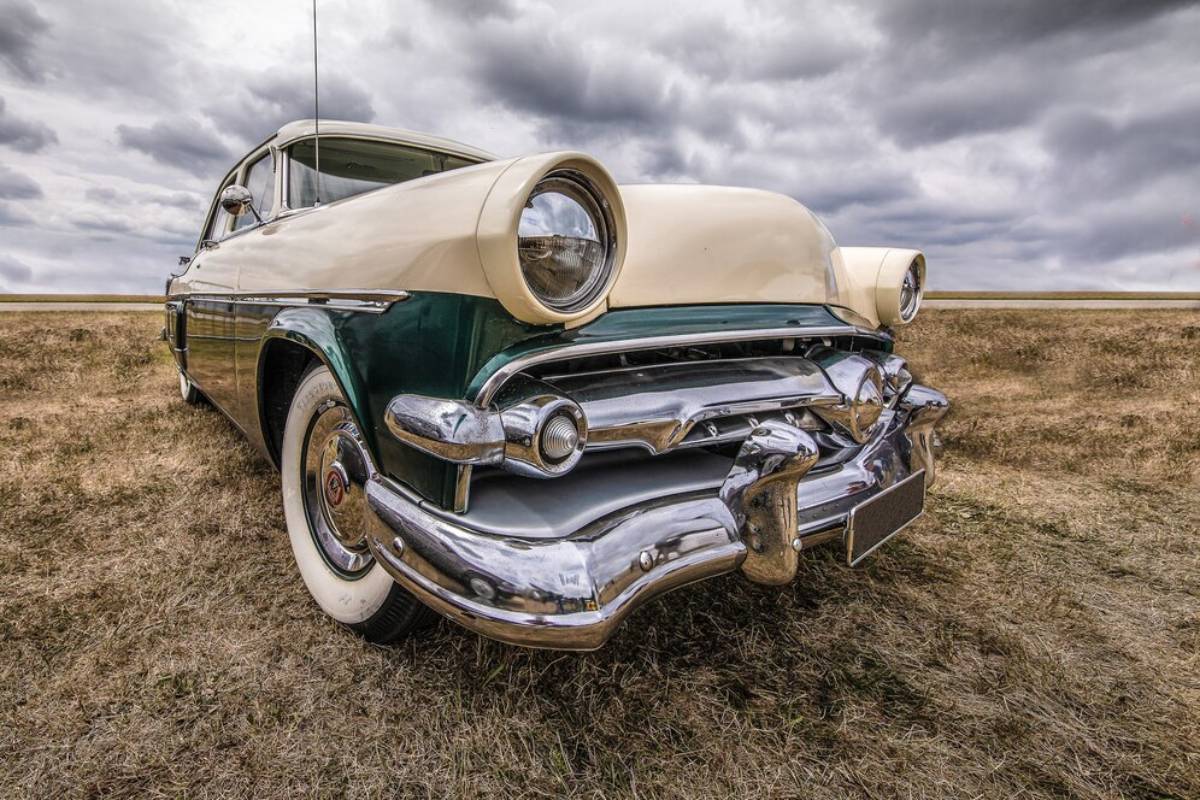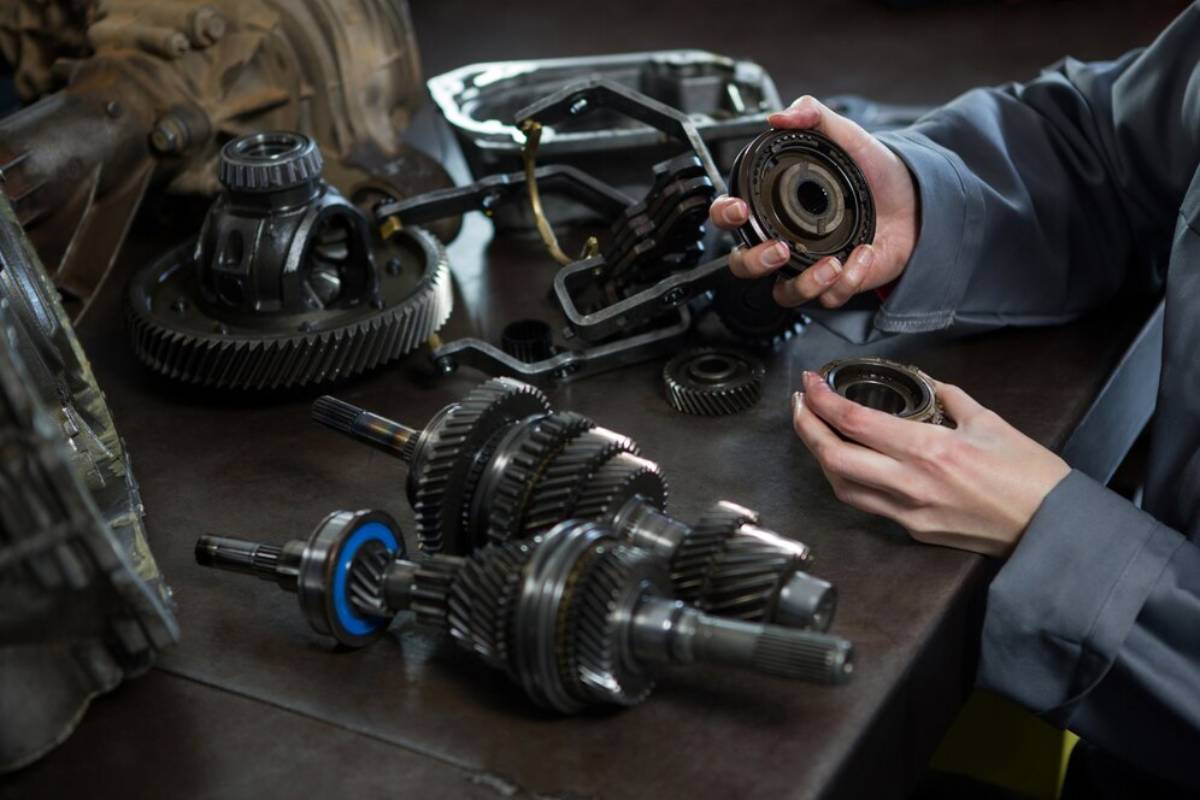
How to Find Authentic Parts for Classic Car Restorations
Restoring a classic car can be a work of love and a salute to automotive history. Authentic parts ensure your repair is accurate, maintaining value and performance. But finding genuine parts isn’t easy. The guide provides steps for locating genuine parts to make a successful restoration.
Pro Tip:
Always verify part numbers and manufacturer markings before purchasing. Many counterfeit or reproduction parts look authentic but may not fit or function correctly.
Quick Guide:
- Assess Your Needs – Identify which parts require replacement or restoration.
- Research Thoroughly – Check original manuals, online databases, and part catalogues.
- Source from Reliable Sellers – Use specialist suppliers, auctions, and car clubs.
- Verify Authenticity – Confirm serial numbers, manufacturer details, and condition.
- Document Everything – Keep receipts and records to maintain the car’s historical integrity.
Important Tip:
Be patient when searching for authentic parts. Rushing into a purchase can lead to costly mistakes with incompatible or low-quality components. Networking with fellow enthusiasts often leads to the best finds.
Why Authentic Parts Matter in Classic Car Restorations
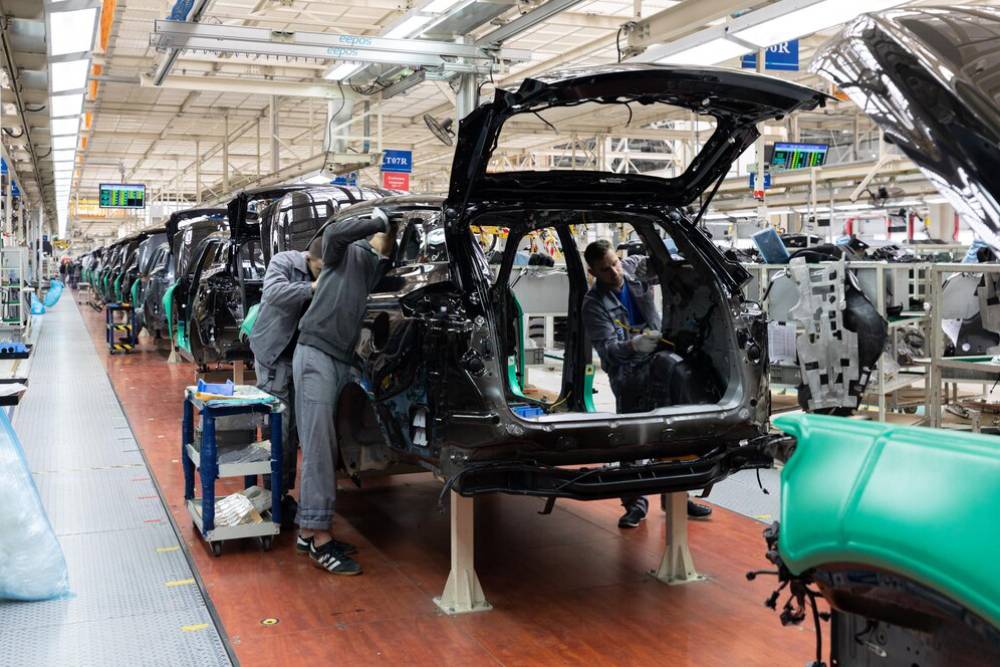
Genuine components are essential for several reasons:
1. Historical Accuracy
Authentic parts preserve the vehicle’s original design and significance for future generations.
2. Value Retention
Classic cars with original parts often have higher resale value. Collectors value originality.
3. Performance and Fitment
Original parts are designed for the vehicle’s systems, ensuring reliability and safety. Incorrectly fitted aftermarket parts can hurt performance.
Knowing the importance of genuine parts is the first step in your restoration journey.
Where to Buy Classic Car Parts: Finding the Right Suppliers
Finding genuine parts can be tricky, but the right approach helps. Here are the best places to search:
1. Online Marketplaces
Sites like eBay, Craigslist, and specialised automotive forums connect you with global sellers. Always verify the authenticity of parts before buying. Check seller reviews and ask for detailed photos.
2. Specialist Suppliers
Companies like Moss Motors, Classic Car Parts UK, and Hemmings Motor News focus on vintage car components. They offer certified authentic parts and detailed descriptions to aid your decisions.
3. Car Clubs and Enthusiast Groups
Joining car clubs or online forums can link you with knowledgeable collectors and restorers. They may have spare parts or tips on sourcing rare components. Swap meets and club events are significant for finding original parts.
4. Salvage Yards and Auctions
Salvage yards specialising in classic cars can be treasure troves for hard-to-find parts. Auctions also offer chances to acquire rare components, though competition can be challenging.
5. Manufacturer and Dealer Networks
Some automakers still produce parts for classic models. Check with the original manufacturer or authorised dealers for factory-original components.
Step-by-Step Guide to Authentic Car Restoration
1. Assess Your Vehicle’s Needs
Before buying parts, inspect your vehicle closely. Identify which components need replacement or refurbishment.
2. Research and Identify Correct Parts
- Check original owner’s manuals and service guides.
- Use online databases and classic car part catalogues.
- Join online forums for model-specific tips.
3. Source and Verify Authenticity
- Request part numbers, manufacturer details, and provenance.
- Compare listings across sources to ensure authenticity.
- Avoid deals that seem too good to be true—counterfeit parts exist.
4. Document the Restoration Process
- Keep a log of all purchased parts, including receipts.
- Take before-and-after photos for reference.
- Detailed documentation increases the car’s value and integrity.
5. Assemble with Care
- Follow manufacturer guidelines for installation.
- Use the right tools to prevent damage.
- Seek professional help if a repair exceeds your expertise.
Pro Tips for Classic Car Restoration
- Invest in High-Quality Tools: Precision matters. Quality tools improve accuracy and ease.
- Use Original or OEM Parts: If original parts aren’t available, choose high-quality OEM alternatives.
- Stay Organized: Label and store parts systematically to avoid confusion.
- Join a Community: Engage with clubs and forums for advice and part sourcing.
- Check for Compatibility: Even genuine parts can vary. Confirm compatibility before buying.
Common Mistakes and Misconceptions
Neglecting Thorough Research
Some owners buy parts without checking authenticity or compatibility. Always cross-reference part numbers and specifications.
Compromising with Aftermarket Substitutes
While some aftermarket parts are good, using non-authentic components can lower value and affect performance.
Skipping Regular Maintenance After Restoration
A restored classic car needs ongoing maintenance. Mistakes during restoration must be avoided at all costs, and regular inspections help prevent deterioration.
Advanced Insights: Expert Recommendations
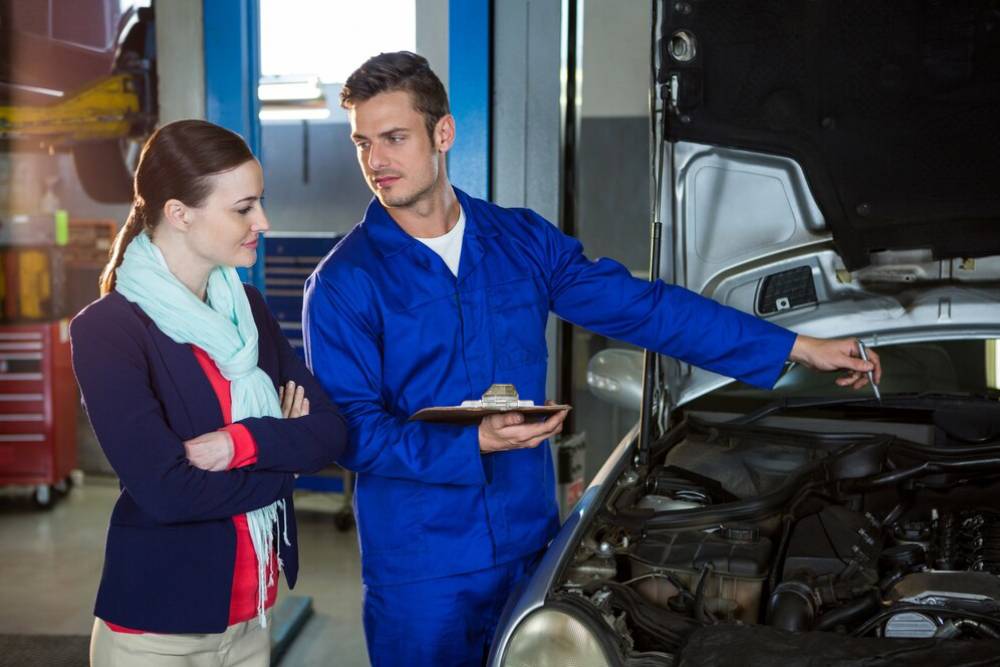
Understanding the Unique Needs of Classic Cars
- Some vintage engines need leaded fuel or additives.
- Older electrical systems may require special maintenance to avoid failure.
Networking with Other Enthusiasts
- Attend car shows and swap meets to find rare parts.
- Build relationships with mechanics and restorers who know your vehicle’s make and model.
When to Seek Professional Help
Some tasks, like engine rebuilds or custom bodywork, may need expert skills. Consult experienced restorers for challenging projects.
Final Verdict
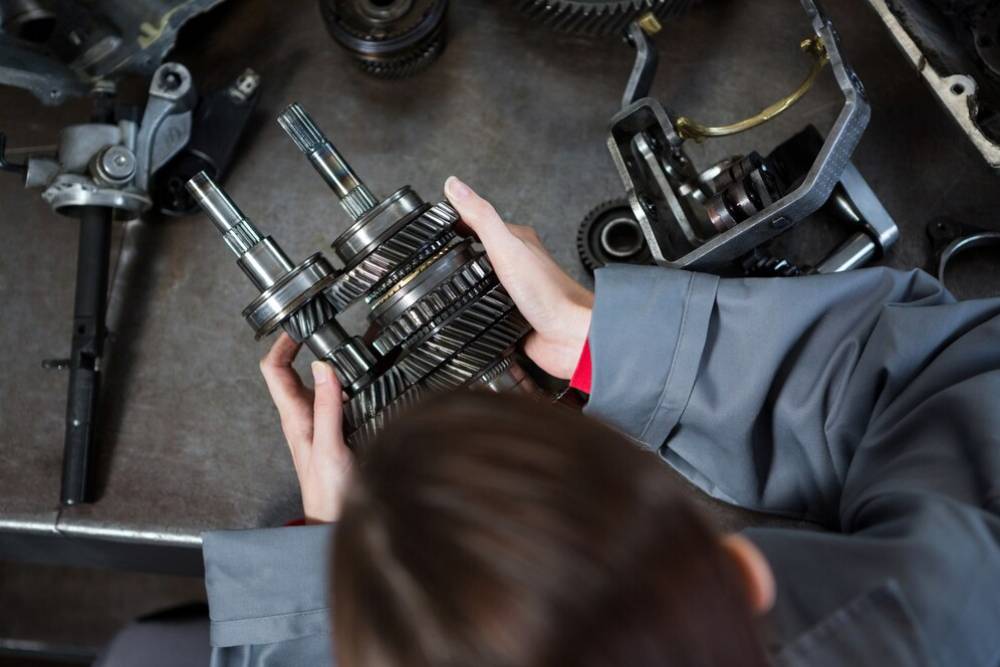
So you decided to restore a classic car with genuine parts. Your vehicle can remain a valuable piece of automotive history with expert advice, enthusiasts to connect with, and authentic manufacturers to supply. Be in delivery mode; it’s not just a car; it’s a classic restoration.
FAQs
How do I know if a part is genuine?
Look for manufacturer markings, serial numbers, and supporting documents. Signs of wear can indicate original parts.
Are reproduction parts a good alternative?
Reproduction parts can work if they are high-quality and accurate to original specs. Research their compatibility and durability.
What’s the best way to find rare classic car parts?
Join car clubs, browse auction sites, attend swap meets, and check specialised suppliers for vintage components.
How can I ensure my restored car retains its value?
Use authentic parts, document your restoration process, and follow maintenance routines to preserve originality.
Should I modify my classic car with modern parts for better performance?
Modifications can enhance safety and reliability. However, if originality is key, I prefer reversible changes.
How do I store unused parts during restoration?
Store them in a clean, dry place, away from moisture and sunlight. Label each part for easy identification.
How often should I drive my restored classic car?
Regular driving keeps the engine lubricated and prevents issues. Aim for at least a short drive every two weeks.
